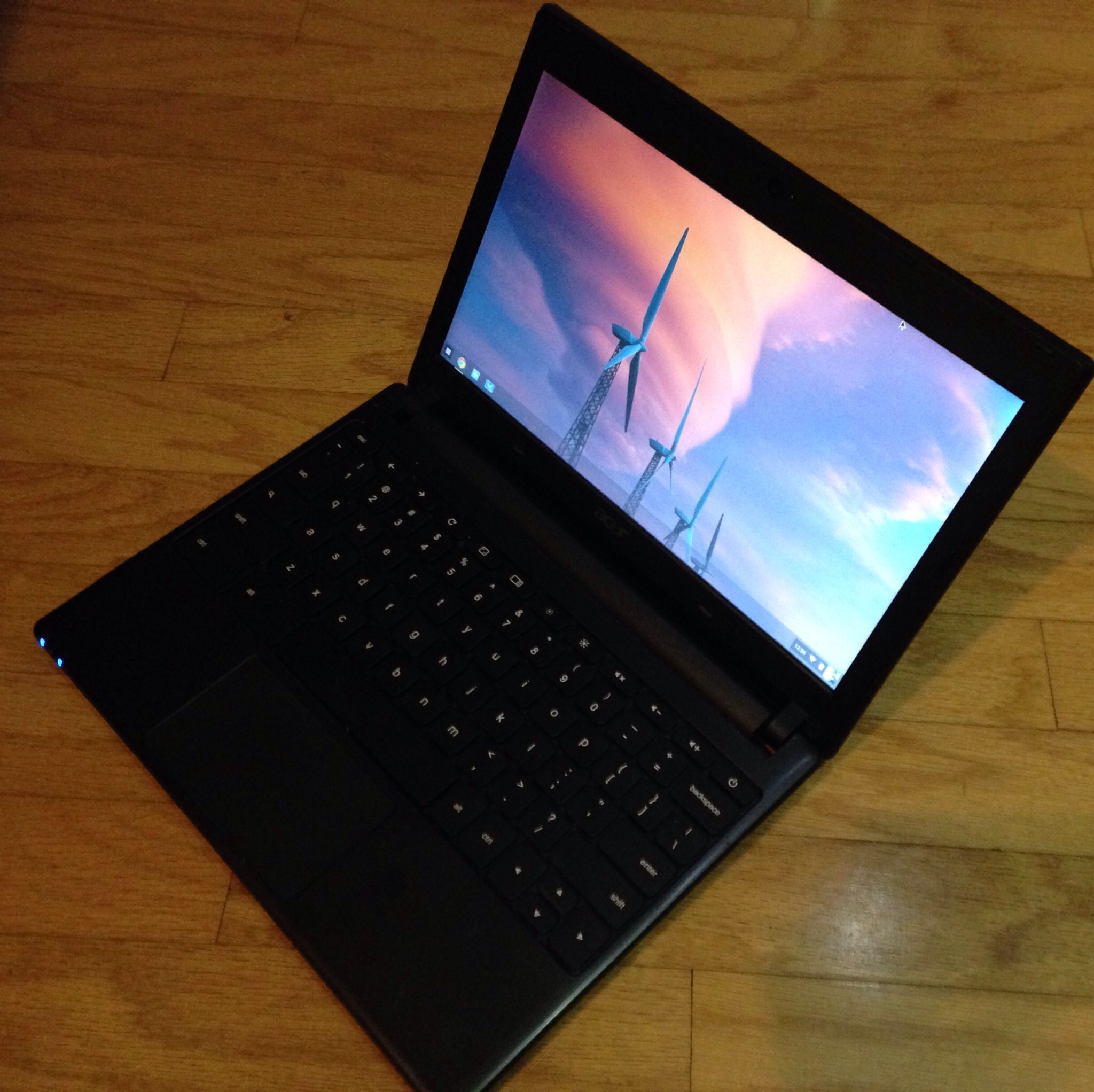Why Use a Google Calendar?
Google Calendar is a great way to communicate with students and parents about important dates such as project checkpoints, quizzes, tests, etc. It even allows you to attach documents. The calendar provides options for viewing by day, week, month, and even an agenda. You can color code special events. You can even sync your calendar to your phone if you want. Because of its flexibility, you can use the calendar for a number of purposes to enhance your classroom.
One Calendar, Many Different Calendar Views
Monthly Calendar View--this provides a more comprehensive look at upcoming events and important dates.Weekly Calendar View--this view provides more detail in terms of time slots for events.
4 Days Calendar View--this is much like the weekly view but only highlights four days at a time.
Daily Calendar View--this shows exactly what is happening for just one day at a time.
Agenda View--this provides a list of important dates and events coming up.
Using the Gear Button
This button (see picture below) takes you to a drop-down menu where you can customize various aspects of your calendar.
From this drop-down menu (shown below), you can select to sync the calendar with a mobile device, make your calendar available offline, change settings, and a few other options. If you choose to make the calendar available offline, Google will remind you that you will be downloading information to the computer you are using at the moment.
If you select the settings option, a new page will open allowing you to alter a number of aspects of the calendar including time zone, location, start date of the week, default calendar view, and some custom view features.
Your Calendars
One of my favorite features within Google Calendar is the ability to have multiple calendars and view them either simultaneously or individually. Typically, you begin with a calendar with your username as the title, but you can change that, and you can add additional calendars. To use these features, start on the left side of the screen where it says My Calendars.
Clicking on the arrow beside My calendars opens a drop-down menu that allows you to create a new calendar or change settings for calendars. You can also click on the arrow beside each individual calendar, which brings up a menu like the one in the picture below.
From here, you can change settings for the specific calendar including displaying only that one calendar, sharing the calendar, color coding the calendar, creating events, and editing notifications. If you select Calendar Settings, you can change the name of your calendar, which comes in handy if you want to make individual calendars for different classes or courses that you teach. You can also add a description for your calendar if you wish. The calendar settings page looks like this:
You will notice that across the top of the page you have 3 tabs: calendar settings, share this calendar, and edit notifications. When you click on the Share this calendar tab, you can select to make your calendar public, share it with others in your organization, or share with specific people. You can also give people different levels of permissions from this screen, Basically, you can opt to let them only see if you are free or busy, only view the calendar, view and edit/change the calendar, or edit/change but also add others. When you are in any of the settings pages, make sure to click the SAVE button at the top/bottom of the page, or you will lose your changes.
Below is a screenshot of the edit notifications tab. This allows you to set reminders for yourself via email, text message, or pop-up. You can also set the reminders for a specific amount of time before the calendar event takes place.
To display multiple calendars on the screen at the same time, simply click on their names on the left side of the page. This should fill in the colored box to the left of the calendar name. If you do not want to see a specific calendar on the screen, click on its name, which makes the box left of the calendar's name blank.
Creating Events
You can click on the actual day or day/time (depending on your calendar view) in the calendar box, which creates a new event pop up box. However, I think the easiest way to create new events is to click the red CREATE button in the top left corner of the screen. Here is a screencast of how to CREATE AN EVENT.
Attachments
You can add attachments to your calendar as well. Here is a screencast of adding attachments. When you add an attachment, the calendar doesn't necessarily tell others a document is attached. It might be helpful to add wording like (attached) to the event title, so others know to click on the event and access the document. When they click on the event, the screen will look like this:
Adding Tasks
You can also add tasks to your Google Calendar. They will appear on the right side of your calendar like this, where you can add and delete tasks. You also have other options such as creating multiple task lists. In the task list, you can check off completed tasks. You can also sort your tasks and see what's completed.
Printing
You also have a print option for the calendar. You can find this on the top navigation toolbar under MORE, which is beside the gear button.You can print one week, two weeks, four weeks, or a custom range. You can also choose to print in black and white or color.






















.jpg)


